CZERMNO, POLAND—The remains of three people have been found within a medieval fort that is part of a larger Slavic settlement and trade center site in eastern Poland, according to a Newsweek report. Examination of the remains indicates that the individuals had died violent deaths. “At least one of them was lying on her stomach, so these were not intentional burials or graves,” said Marcin Wołoszyn of the University of Rzeszów, who has also been working to date the construction of the fort. “I hope that by this time next year we will already know whether the stronghold in Czermno was built in A.D. 800 or closer to A.D. 980,” he added. The settlement and fort are thought to have been destroyed when the Mongol Empire invaded Europe between 1240 and 1241. Dating of the skeletal remains will reveal if they died at that time, explained Tomasz Dzieńkowski of Maria Curie-Skłodowska University. To read about the capital of an independent state within the Mongol Empire, go to "Searching for Lost Cities: Palaces of the Golden Horde."
Evidence of Violence Uncovered at Medieval Fort in Poland
News October 3, 2024
Recommended Articles
Digs & Discoveries November/December 2020
Honoring the Dead
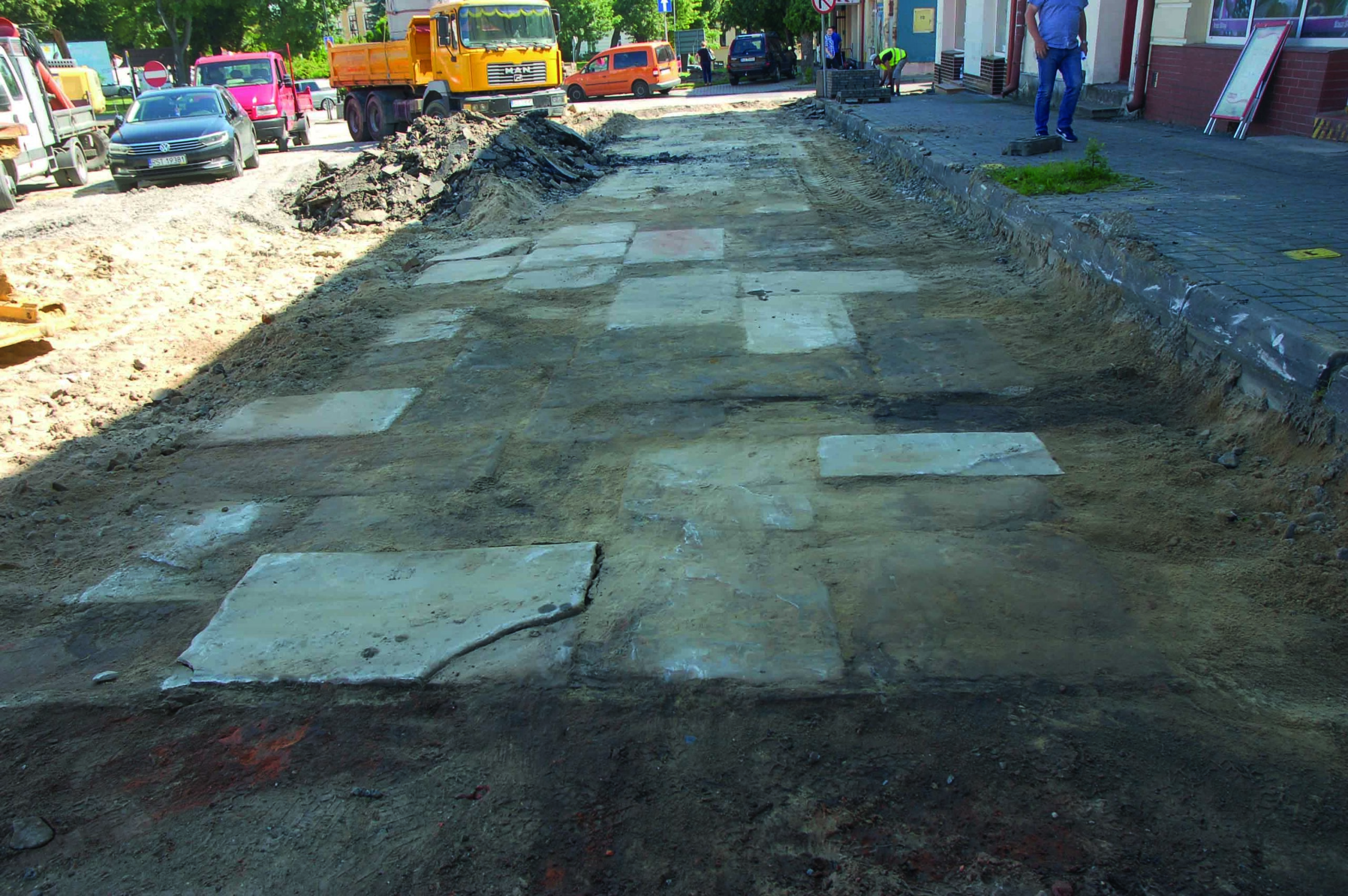
Digs & Discoveries September/October 2025
Good Night, Sweet Prince
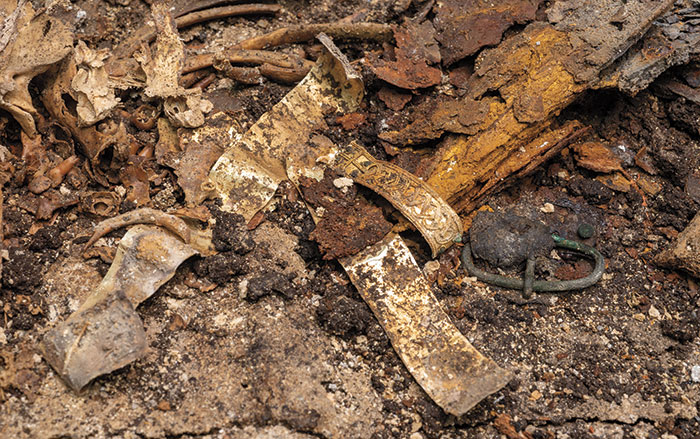
Features September/October 2025
How to Build a Medieval Castle
Why are archaeologists constructing a thirteenth-century fortress in the forests of France?
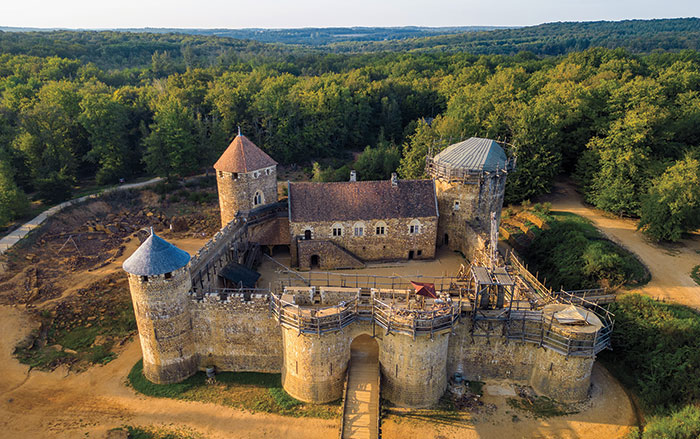
Features January/February 2025
Medieval England’s Coveted Cargo
Archaeologists dive on a ship laden with marble bound for the kingdom’s grandest cathedrals
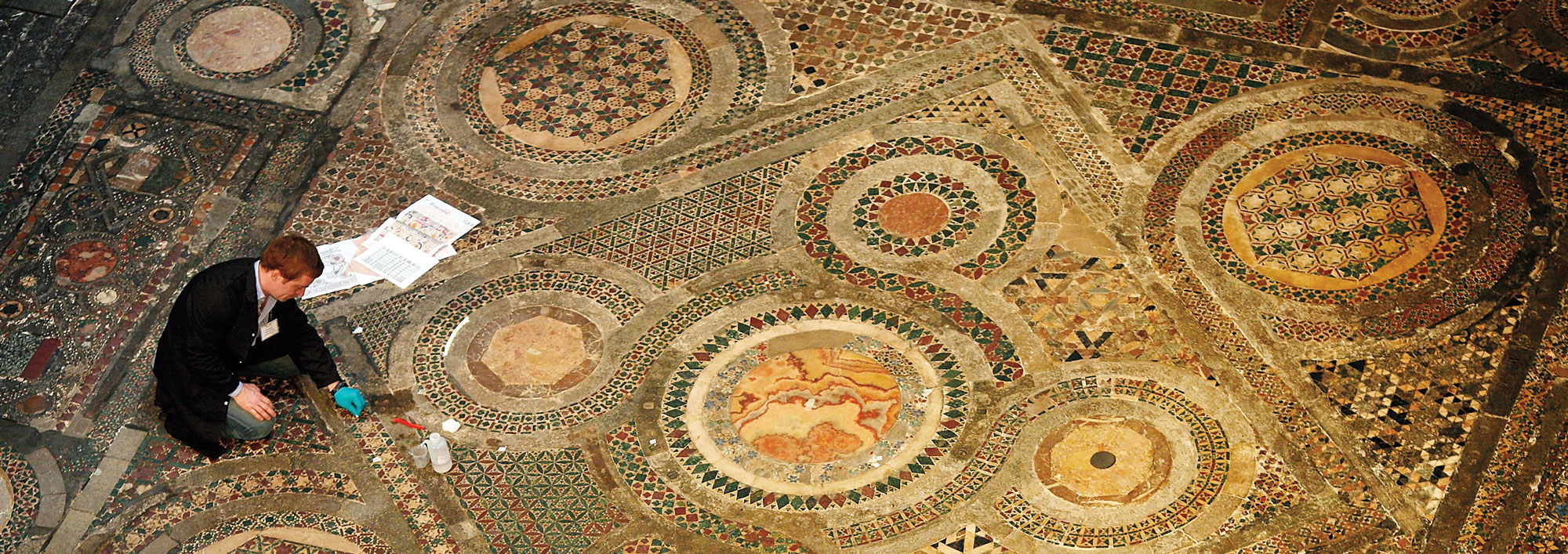
-
Features September/October 2024
Hunting for the Lost Temple of Artemis
After a century of searching, a chance discovery led archaeologists to one of the most important sanctuaries in the ancient Greek world
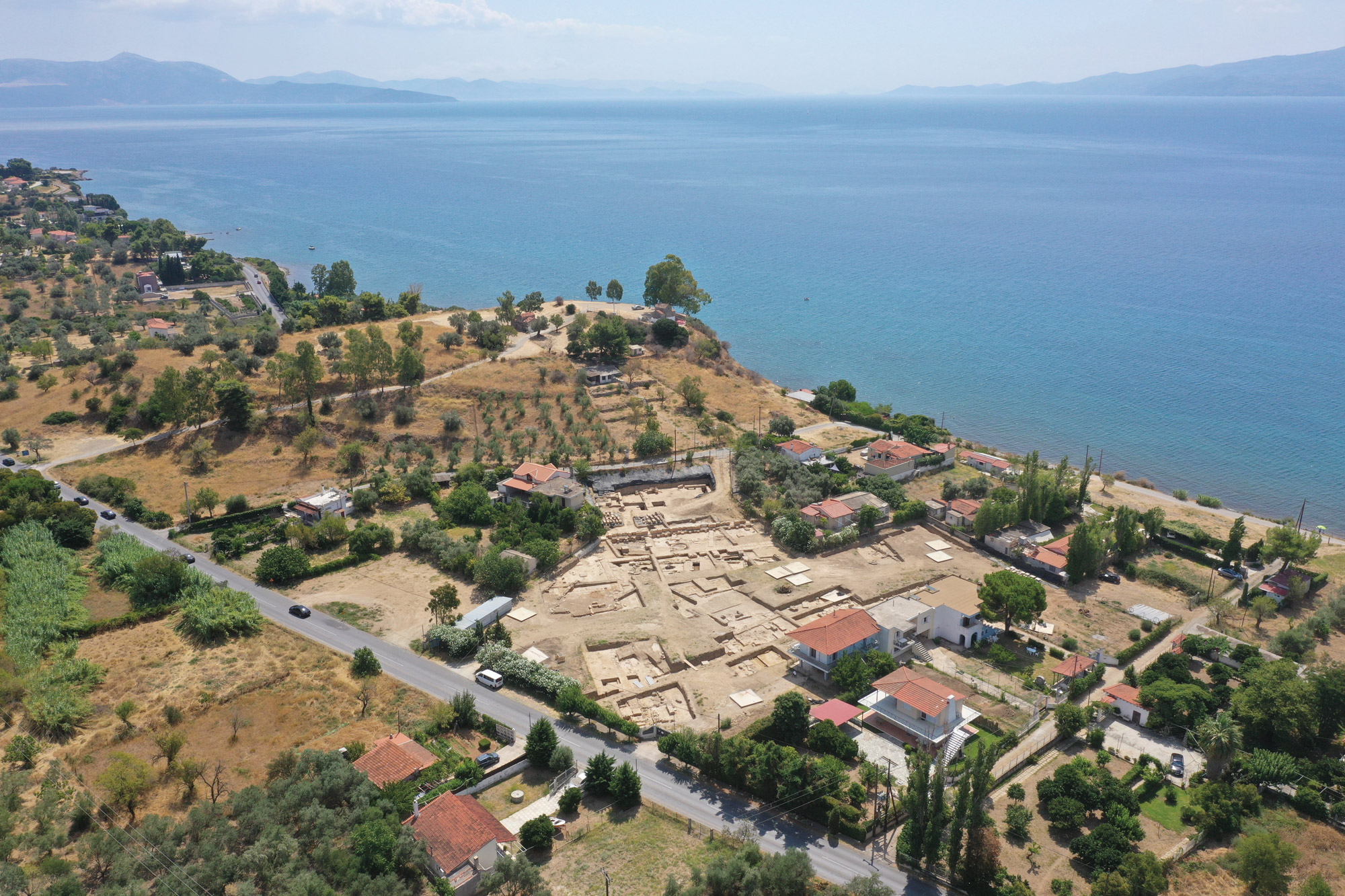 Courtesy Swiss School of Archaeology in Greece
Courtesy Swiss School of Archaeology in Greece -
Features September/October 2024
Trees of the Sky World
Why Australia’s Indigenous Wiradjuri people carved sacred symbols into trees to mark burials of their honored dead
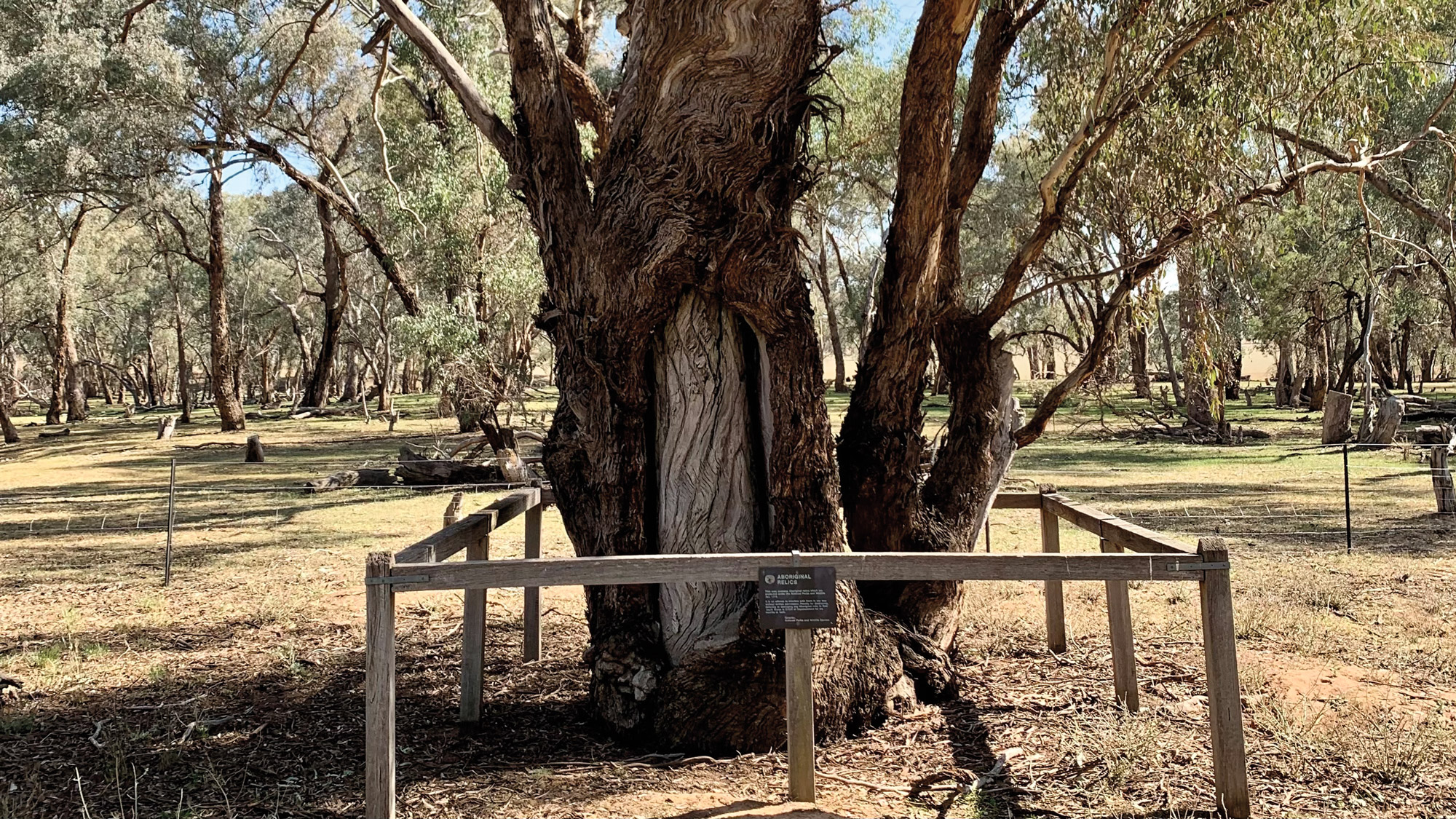 Courtesy Caroline Spry
Courtesy Caroline Spry -
Features September/October 2024
The People Before the Book
A trove of papyri unearthed on the Egyptian island of Elephantine gives voice to an early Jewish community
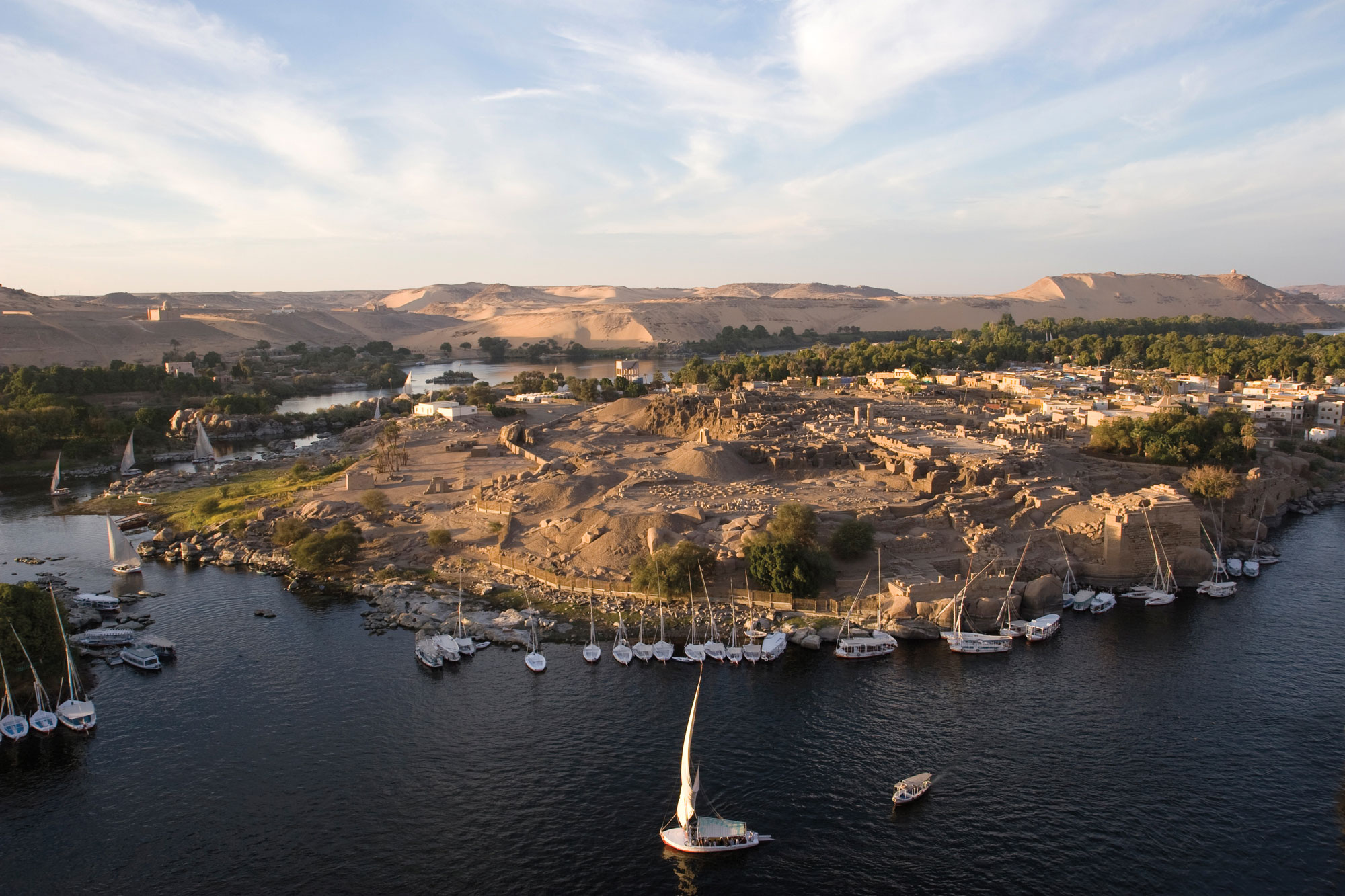 Bildarchiv Steffens/Bridgeman Images
Bildarchiv Steffens/Bridgeman Images -
Features September/October 2024
Pompeii Style
Inside the Roman houses where archaeologists continue to discover evocative new masterpieces
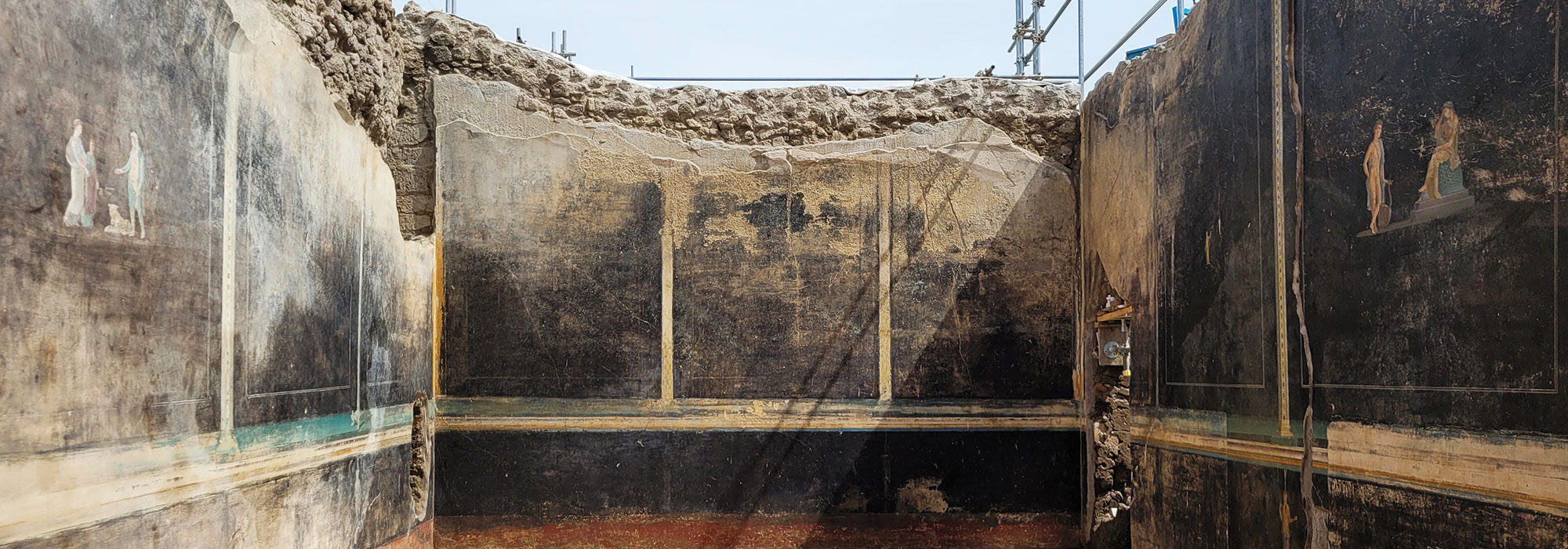 Courtesy Soprintendenza Archeologica di Pompei
Courtesy Soprintendenza Archeologica di Pompei


